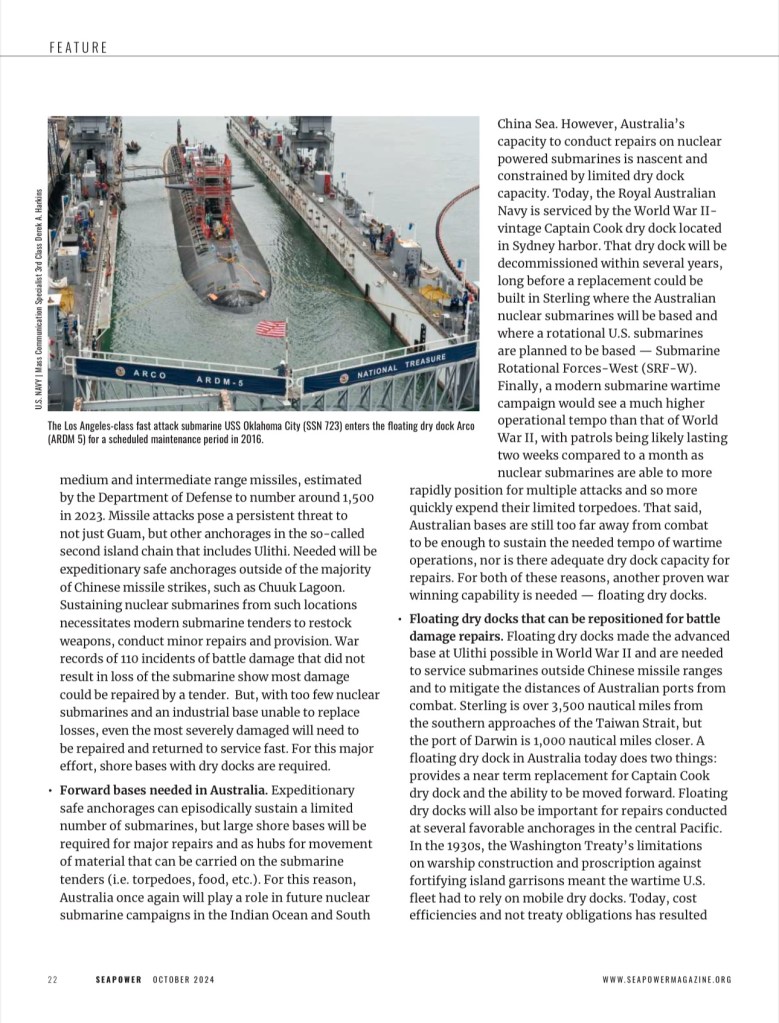The Pentagon’s acquisition system is being overhauled into a “Warfighting Acquisition System,” turbocharging weapons production, slashing bureaucracy, and empowering officials to deliver arms at “wartime speed.” Portfolio Acquisition Executives now wield sweeping authority, startups are courted like prom queens, and the defense industrial base is being rebranded as Silicon Valley with missiles.
So much for the “peace president”—Trump’s arsenal of freedom looks more like an IPO for war, where venture capital meets missile launchers and bureaucrats cosplay as battlefield commanders.
Forging the Arsenal of Freedom
Related:






You must be logged in to post a comment.